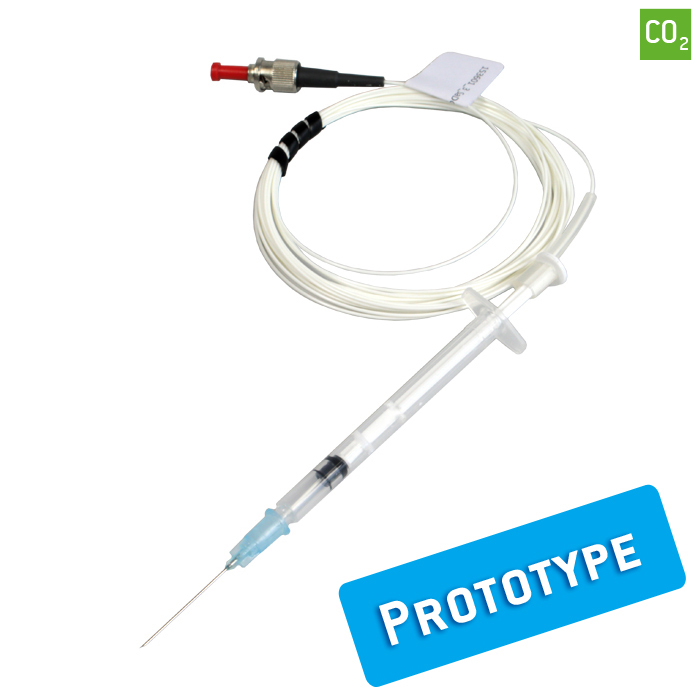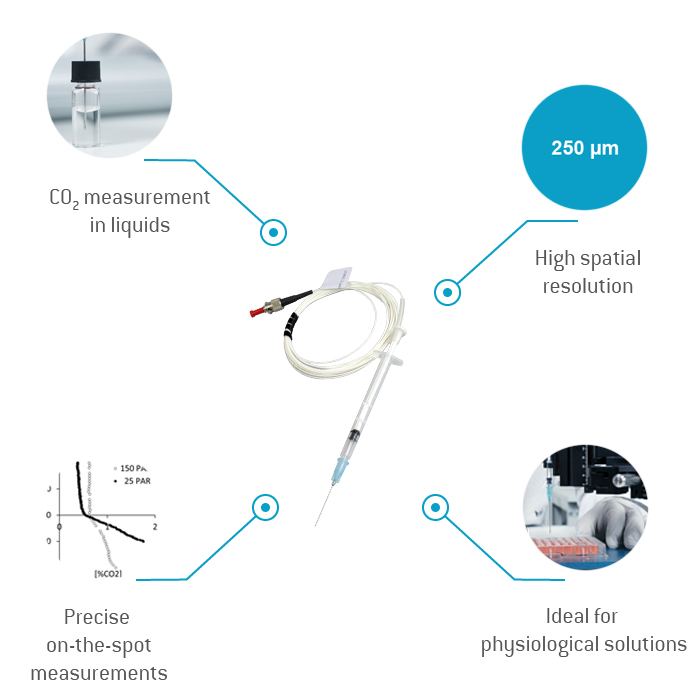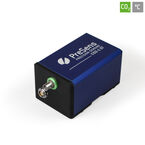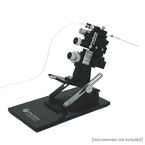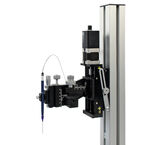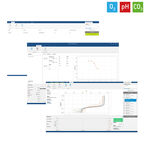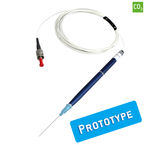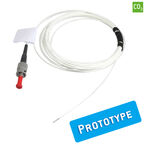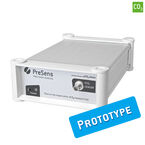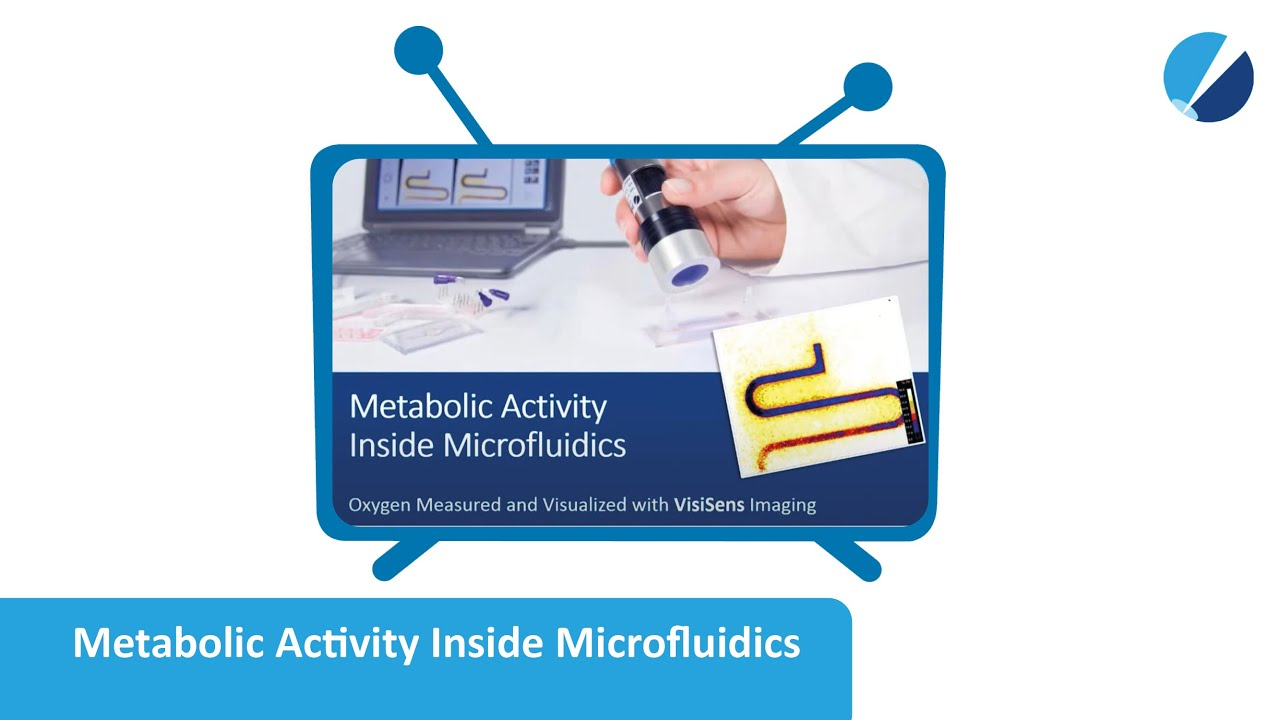Watch tutorials, webinars and informative videos about PreSens optical sensor systems.
Micro-invasive CO2 Monitoring
Needle-type CO2 Microsensor NTH-CDM1 (Prototype)
The NTH-CDM1 is designed for measuring in small volumes. The sensor is based on a silica fiber with 250 µm tip diameter, which enables integration into manifold small scale environments. With its protective syringe needle housing the NTH-CDM1 can easily penetrate tissue, septum rubber or packaging materials. After penetration, the sensor tip is extended for measurements.
- CO2 measurement in liquids (0.04 to 5 % CO2)
- High spatial resolution (250 µm)
- Ideal for physiological solutions
- Precise on-the-spot measurements
Technical
| Specifications*/** | |
|---|---|
*preliminary data | |
| Measurement range | 0.04 - 5 % CO2 at atmospheric pressure |
| Response time (t90) for a CO2 change from 0.5 to 1 % | < 5 min (at 25 °C) < 3 min (at 37 °C) |
| Resolution at 25 °C | ± 0.01 % at 0.1 % CO2 ± 0.1 % at 1 % CO2 |
| Spatial resolution | 250 µm |
| Measurement temperature range*** | From + 12 °C to + 42 °C |
| Properties** | |
| Compatibility | Aqueous solutions, pH 4 to 9 |
| Cross-sensitivity | Organic solvents, volatile acids (e.g. HCl vapors, acetic acid) and sulfidic environments damage the sensor irreversibly |
| Calibration | CO2 sensors are pre-calibrated at the required temperature***; re-calibration is possible and recommended |
Related products
Resources
Publications
Direct Measurements of pCO2 in the Digestive Tract of Fish
In vivo Monitoring of Haemolymph pCO2 in Dragonfly Nymphs to Determine the Resting State Value
O2, pH and CO2 Dynamics in Salt Marsh Tidal Ponds
The gaseous gastrointestinal tract of a seawater teleost, the English sole (Parophrys vetulus)
Changes in hemolymph total CO2 content during the water-to-air respiratory transition of amphibiotic dragonflies

